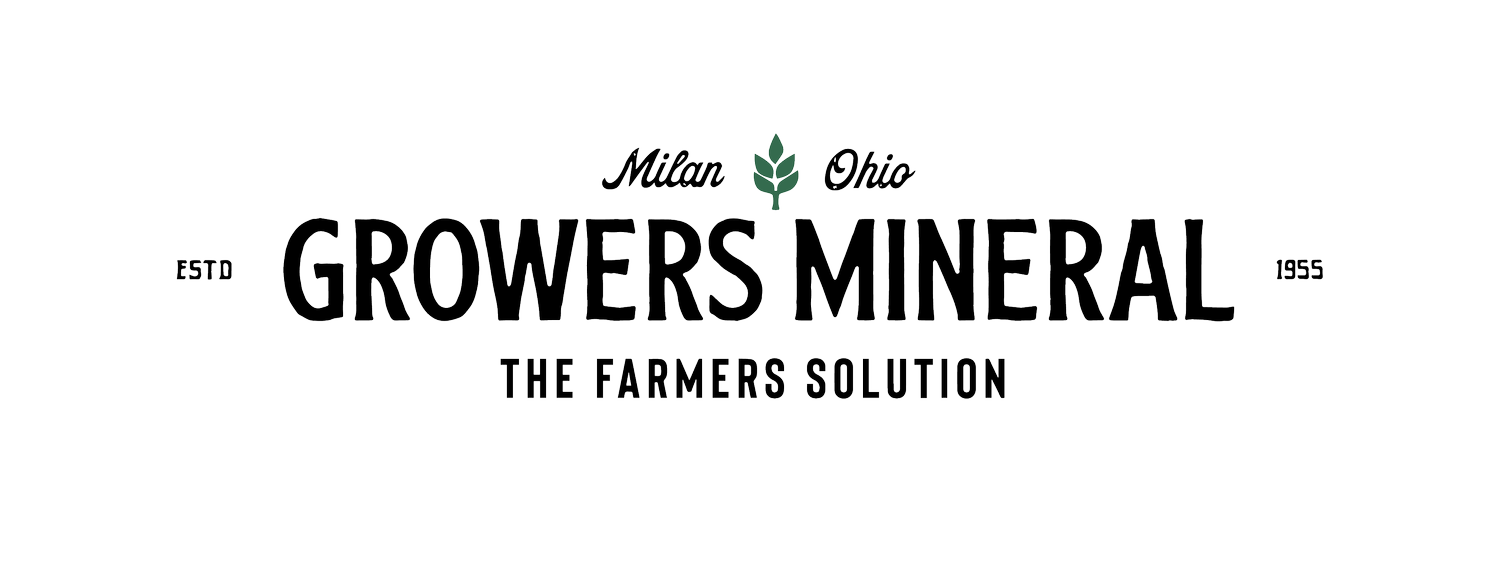Third-Party Verification: The Growers Program
Since 1955 we have suggested to farmers that profitable crop production does not require as much fertilizer volume to be applied as is advised by the agricultural establishment. So it was with great interest we read about the dry land winner of a national corn contest.
Russell Hedrick of Hickory, North Carolina was recognized at the North Carolina Commodities Conference for a dry land corn yield in 2022 of 459.1 bushels per acre. A North Carolina State University Extension corn specialist said that yield is the highest dry land corn yield ever achieved and it broke the previous record of 442.14 bushels set by Francis Childs of Manchester, Iowa in 2002. When examining the fertility data from Mr. Hedrick one starts to question the regular recommendations supplied by the agricultural establishment. Mr. Hedrick planted 45,900 seeds of corn per acre in 30 inch rows while applying 310 pounds of nitrogen (N), 140 pounds phosphorus (P205) and 40 pounds of potassium (K20). He also applied trace elements, sugar, fulvic acid and humic acid.
With this information it appears Mr. Hedrick grew his corn crop with 0.68 pounds of N per bushel, 0.30 pounds of P205 per bushel, and 0.09 pounds of K20 per bushel. These are fertility rates that are significantly lower than what the agricultural establishment says is required to grow a profitable crop. Mr. Hedrick’s discussion about this issue of fertility needs was very interesting.
These are several quotes from Mr. Hedrick:
“It’s not about nutrient amounts – it’s about placement and balance. We use half the fertilizer of what many other guys use…”
“Stop relying on a 0” to 4” or 0” to 6” soil sample. There is so much more going on in the ground deeper than 6”.”
“We precision apply in bands. We rely on our ground and the living organisms within to balance our budget.”
“As farmers improve the biological function in soil by using regenerative practices, nutrient cycling is also improved. It’s sometimes hard for a farmer to trust the biological function in soil, because it is opposite of what we’ve been taught.”
“I want to tell farmers that even if you can cut back in the right way a little on fertilizer, the profitability side goes up. If profit and improved ROI don’t come with those yields, then we’re spinning our wheels.”
More Third Party Verification
A nice follow-up on the “Third Party Verification: The Growers Program” article came to us from the AgTalk web site when Jrhgrain Farms of Hickory, NC posted:
“I’m working on a project with a university and private company. Spreading 6-8 tons of lime to the acre… How do you charge for that?”
We hope Mr. Hedrick is using lime with a calcium-to-magnesium ratio of 8 to 1.
This is an excerpt from the Spring Growers Solution (2024) written by Jim Halbeisen, Growers Director of Research & Education.
Signup for our newsletter to stay in the loop
